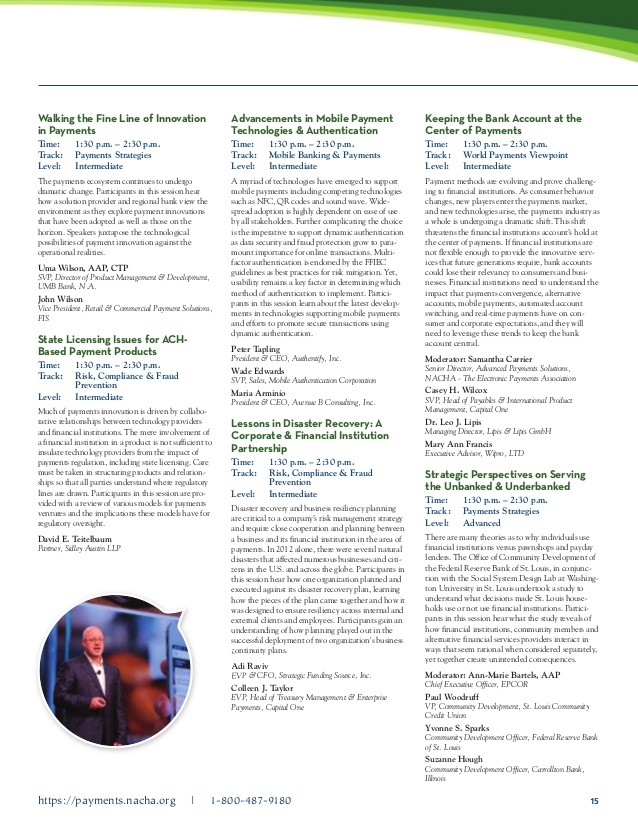How to Spot a Bulletproof Bank Stock (BAC BOFI C WFC)
Post on: 19 Июль, 2015 No Comment

Recently, I wrote a critique of the methodology behind Forbes Magazine’s annual ranking of U.S. banks. Today, I want to take that a step further and offer my personal guide to analyzing a bank.
How to quantify the intangible
The first step in any bank analysis is an assessment of credit quality and risk management. Always. If anyone ever tells you otherwise, immediately turn and run away.
I recommend two methods for assessing this: the bank’s current level of problem loans — non-performing loans and non-performing assets, in industry jargon — relative to the rest of the industry, and how consistent the bank’s efficiency ratio has been during the past few recessions. Let’s talk problem loan ratios first.
Looking at the ratio of a bank’s non-performing loans relative to its total assets is a simple metric to compare the asset quality of one bank to another at a certain point in time. Non-performing loans are generally loans that are 90 days or more past due; non-performing assets add loans in foreclosure and bank-owned real estate to the mix.
Because banks operate with so much leverage — a ratio of 10:1 assets to capital is common — a small decline in asset value can yield an outsized ding to capital. If the bank’s assets lose 10% of their value, that, in theory, bankrupts the whole company. Excess problem loans present an existential crisis for the bank.
In my analysis, I look for banks that have problem loan ratios at or below the industry average during strong economic periods, and have lower-than-industry-average levels during downturns. The problem with this approach is that it’s incredibly difficult to predict how a bank’s assets will change when the economic cycle moves from boom to bust.
The problem with the snapshot view
The Forbes ‘ rankings provide an excellent example of how this static approach can fail. Forbes ranks both Bank of America ( NYSE: BAC ) and Citigroup ( NYSE: C ) very high compared to Wells Fargo ( NYSE: WFC ). The primary driver is that Wells Fargo’s current level of problem loans is relatively high while BofA and Citi have successfully run off a sizable chunk of their own problems. I’d argue — and I have — that Wells Fargo has a far superior culture of risk management and credit quality.
The proof is in the pudding, and this chart makes that clear. Note the stable and consistent line for the Wells Fargo charts during and after the financial crisis, especially in comparison to the other two banks. That is no fluke; that’s a result of Wells Fargo having a superior culture of risk management.
But you wouldn’t realize that by taking a static look at the credit boom from 2000 to 2006. Taking that snapshot view, as Forbes does in these rankings, clearly fails to determine which banks are making good loans that will stay good when the cycle turns.
A bulletproof vest for banks
To solve this problem, I use the efficiency ratio, and I analyze it over time. I don’t particularly care if the efficiency ratio is amazing or just good enough. What I care about is consistency.
The efficiency ratio is the ratio of a bank’s non-interest expenses to its net revenue. A lower ratio is considered better because it indicates a lower cost structure to produce each dollar of revenue. An appropriate ratio for each bank will vary given each bank’s business model and strategy.
For example, Wells Fargo will have a higher ratio than the Bank of Internet ( NASDAQ: BOFI ). but that’s a function of the former’s expansive branch network versus the latter’s Internet-only business model. That higher efficiency ratio is fine, because the branch network allows Wells Fargo to have a ridiculously low cost of funding. Acceptable efficiency ratios will vary, and that’s OK.
The next step is analyzing consistency. Why? Because a consistent efficiency ratio is a beautiful proxy for risk management through credit cycles. Employee costs, branch costs, and other administrative costs are pretty stable through ups and downs. Loan losses, on the other hand, can swing wildly. Lots of spikes in loan losses create spikes in the efficiency ratio. That indicates a poor credit culture, the exact characteristic we want to avoid.
From 1996 to 2013, Bank of America’s efficiency ratio was extremely inconsistent. Statistically, the ratio varied by 10.72 standard deviations. Wells Fargo, conversely, only saw 2.52 standard deviations during the same period. (Now would be an appropriate time to quickly scroll back up to the quarterly profit chart above.)
Accepting reality and investing accordingly
It’s a fatal mistake to ignore the credit cycle when analyzing bank stocks. You just can’t rely on ratios that only account for a snapshot in time. Those ratios definitely matter, but not nearly as much as the way banks have performed over time.
History repeats itself. Your golden ticket is to find banks that have successfully weathered the highs and the lows of the past, and invest accordingly for the future.
Bank of America + Apple. Is this the key fixing BofA’s efficiency ratio?
Apple recently recruited a secret-development dream team to guarantee its newest smart device was kept hidden from the public for as long as possible. But the secret is out. and some early viewers are claiming it’s destined to change everything from banking to health care. In fact, ABI Research predicts 485 million of this type of device will be sold per year. But one small company makes Apple’s gadget possible. And its stock price has nearly unlimited room to run for early in-the-know investors. To be one of them, and see Apple’s newest smart gizmo, just click here !














